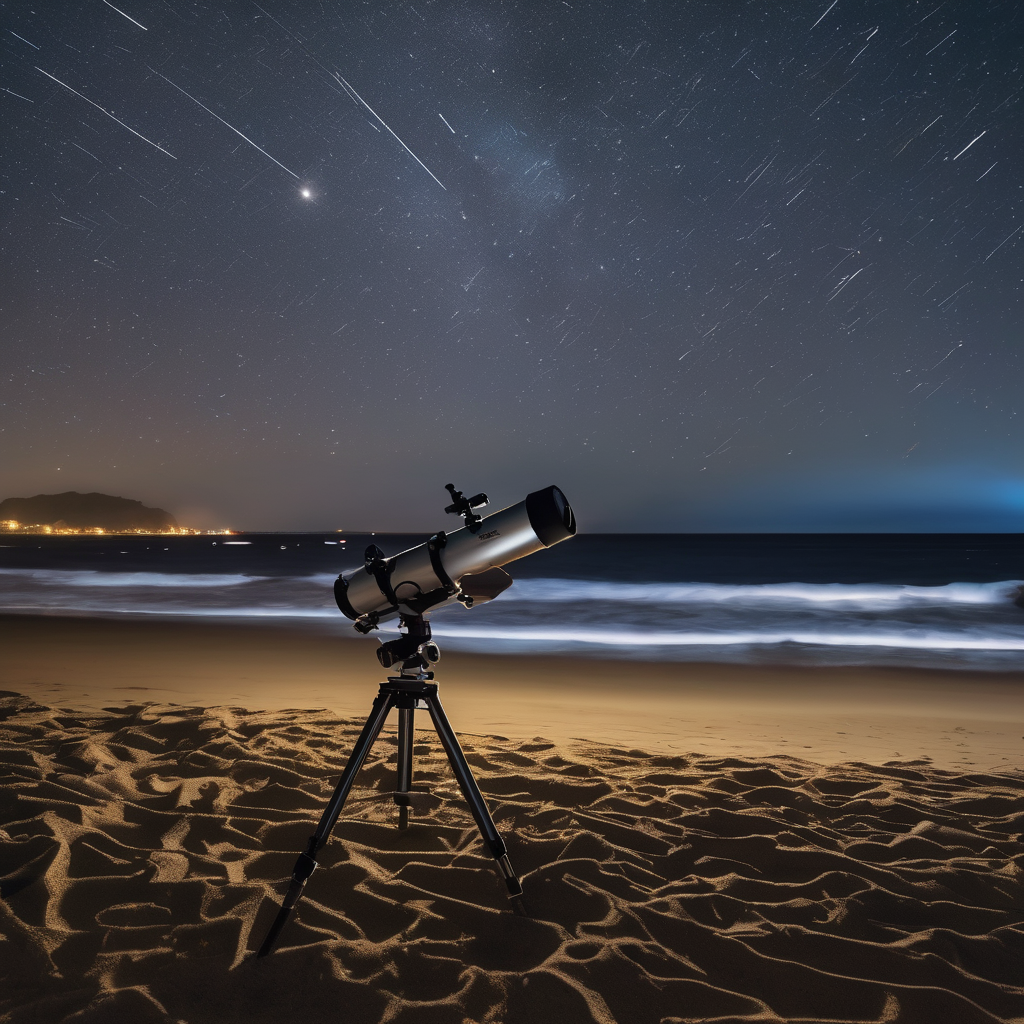The annual Leonid Meteor Shower is set to peak during the late hours of Sunday and Monday nights, providing an excellent opportunity for stargazers to marvel at this celestial event. From midnight through the early morning hours, observers can expect to see a dazzling display of meteors falling across the sky.
Conditions for viewing this year’s shower look promising, as the waning crescent moon will create minimal light interference. Additionally, Washington D.C. is forecasted to enjoy clear skies, ideal for optimal meteor watching.
The Leonid meteor shower has a rich history, with its first recorded sighting dating back to A.D. 902. This spectacular event occurs every 33 years, sometimes producing impressive meteor storms that can generate hundreds or even thousands of meteors per hour. The last major Leonid storm took place in 2001, and this year’s display is expected to yield around 10 to 15 meteors per hour, especially in areas with dark skies, free from urban light pollution.
The meteors are remnants of Comet Temple-Tuttle, which releases debris as it orbits the sun. As the Earth navigates its own orbit, it intersects this stream of cometary particles, which enter our atmosphere at approximately 45 miles per second, creating the phenomenon of “shooting stars.” The Earth encounters about a dozen noteworthy meteor showers annually.
For the best viewing experience, find a location away from city lights, such as a rural area or the beach. If you live in an urban setting, you may still catch glimpses of the brightest meteors if you steer clear of bright lights and tall buildings. An open space where you can lie back comfortably and gaze at the eastern sky is recommended. Meteor activity will peak after midnight, as the constellation Leo rises on the horizon.
As the night progresses, Leo will ascend higher in the sky, providing a better vantage point for catching these meteors. While meteors exclusive to the Leonid shower can be more prolific, sporadic meteors may also be visible throughout the night.
Make the experience even more enjoyable by sharing it with family and friends, complete with snacks and drinks. Those interested in photography have a chance to capture the beauty of the shower with a camera and tripod, although this requires a bit of practice to achieve the best shots.
With clear skies and a favorable moon, the upcoming nights promise a wonderful opportunity to experience the awe-inspiring beauty of the Leonid Meteor Shower.
